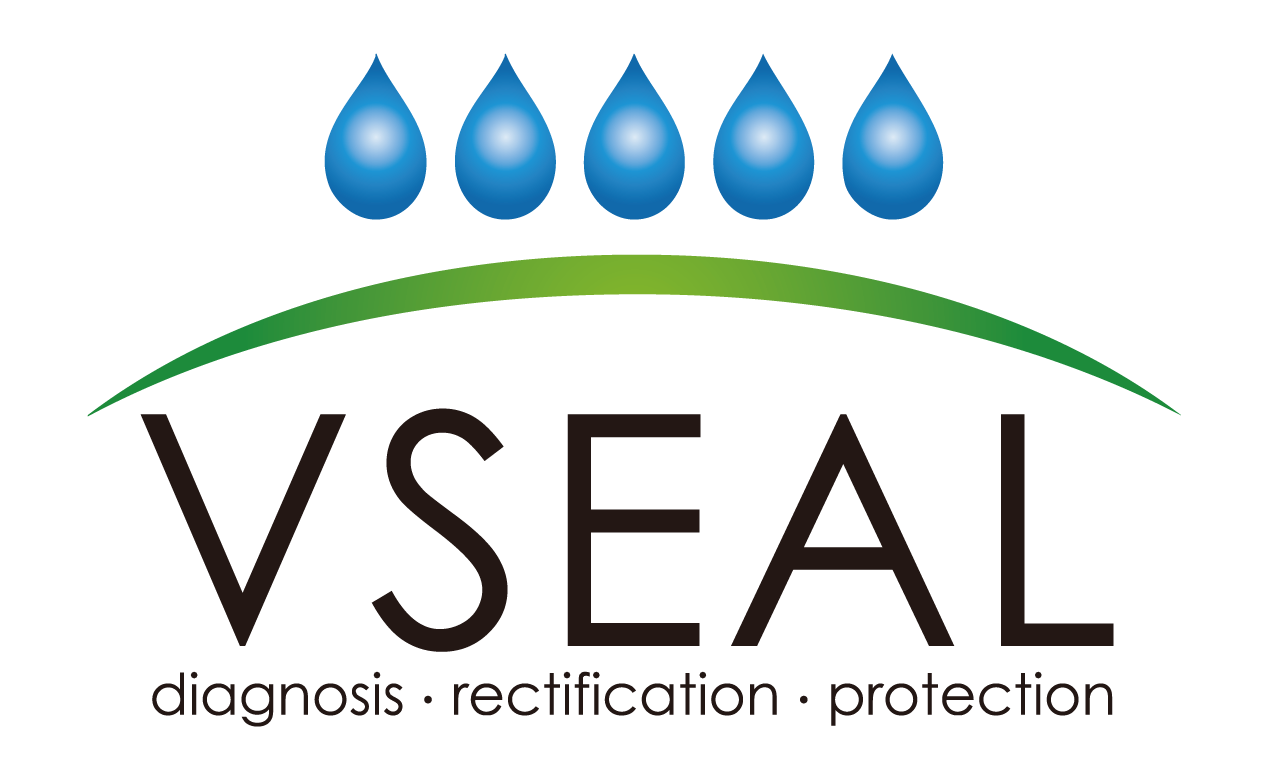When it comes to working at heights, rope access and scaffolding are two common methods for providing safe and secure access. Each method has its own strengths, depending on the type of project and work environment.
- Rope Access: Rope access involves using ropes, harnesses, and specialized climbing techniques to allow technicians to reach high or difficult-to-access areas. This method is ideal for tasks like window cleaning, building inspections, and facade repairs. Rope access technicians are certified, and the method is known for its flexibility and speed.
- Scaffolding: Scaffolding consists of temporary structures built from metal or wood, allowing workers to perform tasks on elevated platforms. It’s commonly used in construction projects, painting, and structural repairs. Scaffolding is suited for longer projects that require constant access to large areas.
Cost and Efficiency Comparison
Setup and Takedown Times
One of the key differences between rope access and scaffolding is the time it takes to set up and dismantle the equipment.
- Rope Access: This method is quick to deploy, with minimal setup time. Technicians can begin work shortly after arriving on-site, making it an efficient choice for short-term projects.
- Scaffolding: Setting up scaffolding is time-consuming and labor-intensive. Depending on the project size, it could take days or even weeks to fully assemble and secure the structure.
Project Costs: Rope Access vs Scaffolding
- Rope Access: Due to its quicker setup, rope access often incurs lower labor costs. There’s no need for bulky equipment, and fewer workers are required to complete tasks.
- Scaffolding: Scaffolding is generally more expensive, as it involves purchasing or renting the scaffolding materials, transporting them to the site, and paying for the labor to build and dismantle the structure. For extended projects, this cost can add up significantly.
Safety Comparison
Rope Access Safety Systems vs Scaffolding Accidents
Safety is paramount when working at heights, and both methods have safety protocols in place.
- Rope Access: Rope access is recognized for its high safety standards. Technicians are required to undergo rigorous training and certification, such as IRATA qualifications. Multiple backup systems, including ropes and harnesses, ensure that workers are always secure. Statistically, rope access tends to have fewer accidents compared to scaffolding.
- Scaffolding: While scaffolding provides stable platforms, accidents can still occur, often due to improper assembly, bad weather, or falls from heights. Scaffolding must be carefully constructed and regularly inspected to avoid potential hazards like collapses.
Best Applications for Each Method
When to Use Scaffolding
Scaffolding is the best choice for long-term projects that require continuous access to wide areas. It is ideal for:
- Large-scale construction or renovation projects
- Jobs that require heavy materials and equipment
- Tasks where workers need stable platforms for extended periods
When Rope Access is a Better Option
Rope access excels in scenarios that require flexibility, quick access, and minimal disruption. It is ideal for:
- High-rise window cleaning
- Façade inspections and repairs
- Working in confined spaces or hard-to-reach areas
- Short-term maintenance tasks on tall structures
Conclusion: Deciding Factors Based on Project Scope
Ultimately, the choice between rope access and scaffolding depends on your project’s specific needs. For quick, cost-effective jobs that require minimal setup and flexible access, rope access is the better option. However, if your project is long-term, involves heavy materials, or covers a large area, scaffolding may be the more practical solution.
Carefully consider factors like budget, project duration, and access requirements to determine which method will best serve your needs. For expert advice and services, contact VSeal Engineering to discuss the best access solution for your project.

